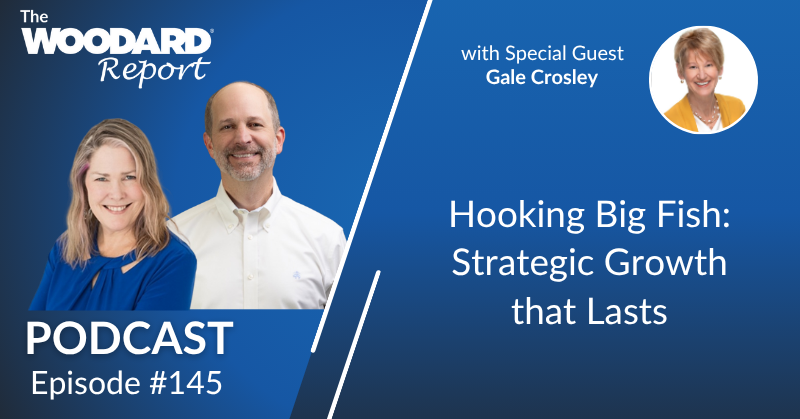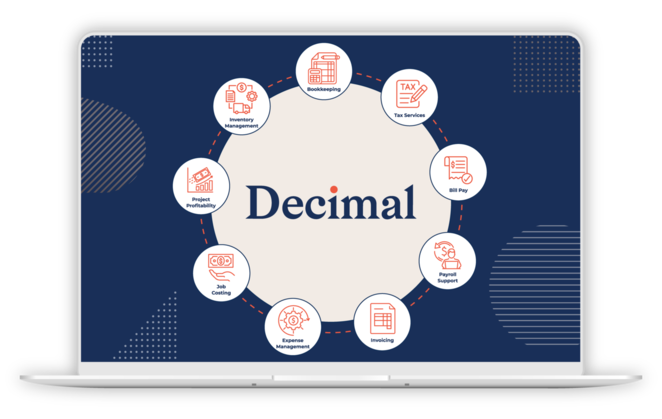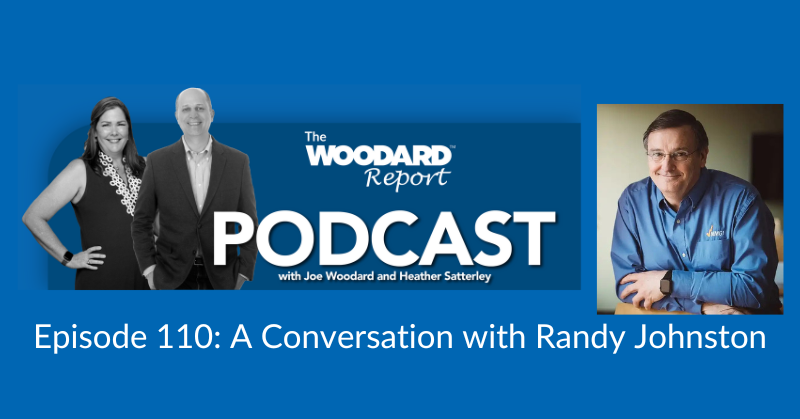In episode 145 of the Woodard Report Podcast, host Joe Woodard sits down with growth strategist and consultant Gale Crosley, CPA, CGMA, to explore what truly drives strategic growth in accounting firms. Drawing on her experience guiding more than 500 CPA firms, including nine of the top 20 fastest-growing organically, Crosley explains how firms can move beyond opportunistic wins to build lasting, profitable, and sustainable growth models.
Beyond opportunistic growth
When firms talk about growth, the focus often falls on short-term wins such as the next client, the next engagement, or the next closed deal. But according to Crosley, that approach misses the bigger picture.
“Strategic growth is really different from opportunistic growth,” Crosley explained. “It’s the most profitable growth.”
She described the difference through an analogy that resonates with firm leaders: opportunistic growth is like “catching one fish at a time,” while strategic growth is “going out in the ocean with a great big net and catching a bunch of fish.” The key, she added, is alignment. “The magic happens when they’re aligned.”
Choosing the right market
Strategic growth begins with identifying where to focus, and that starts with market conditions. Crosley pointed to two key factors that matter more than anything else: the size of the market and the level of competition.
“The number one most important indicator of good market conditions is how many fish are in the pond,” she said. If the local market is too small, firms can broaden their reach regionally, nationally, or even internationally, especially with today’s technology.
The second factor, she noted, is competition. “If you’re in a pond that has 50 fishermen in it, that’s not a good thing,” Crosley said. Firms should instead look for “a market hole within that competitive landscape” — a space where they can offer distinct value and stand out.
From niches to industry specialization
Crosley cautioned against using the word “niche,” which she says often creates confusion. “Sometimes a niche represents an industry and sometimes a niche represents a service line,” she explained. Instead, she recommends focusing on industries or buyer groups — those who share common needs or characteristics.
Once a firm identifies its primary industry, it can develop its ideal client profile (ICP) by defining the specific attributes of the clients it wants to attract. “If you don’t do that, your ICP will be ‘I want big fish,’” Crosley said. “And then you won’t know what you’re fishing for.”
Joe Woodard agreed, noting that narrowing the focus may seem counterintuitive but produces more growth. Crosley affirmed, “Absolutely. There are two elements, though, that are really important and they have to do with market conditions.” The first is market size; the second is competition. Together, they determine whether a firm’s chosen market has enough opportunity to sustain long-term growth.
Adapting to economic change
Even the best-laid strategies face disruption. Crosley emphasized that industries evolve, markets shift, and external forces such as tariffs or recessions can reshape opportunities. The key, she said, is not avoiding risk but anticipating and adapting to it.
“It’s not about picking the wrong industry,” she said. “It’s about knowing how to discern shifting market conditions and being prepared when conditions shift.”
She shared a powerful example from 2007, when one of her construction-focused clients faced the beginning of the Great Recession. Instead of retreating, they doubled down on strategy. “They sustained a 15% year over year organic. This is all, by the way, not M&A. All organic growth through the next several years because we knew what we had to do to pivot strategy and make sure that we were market relevant,” Crosley said.
That kind of adaptability, she explained, is what separates firms that grow consistently from those that fade when conditions change.
The three elements of growth
Crosley’s framework for strategic growth comes down to three elements:
- Service – what you provide
- Channel – how you and buyers find each other
- Target – who you serve
She refers to this as SCT: Service, Channel, Target, a growth strategy that helps firms align their offerings, marketing, and client acquisition. “If you know these three different pieces and it's kind of like a combination lock, they connect together. And if you know those, you can shift the first piece, the second piece or the third piece to one, two or three, all of them as you're shifting in order to shift.”
Marketing, she added, is just one small part of this. “I don’t use the word marketing because it’s loaded with baggage,” Crosley said. “Marketing is just one piece of three pieces that leads to a growth strategy.”
Putting strategy into practice
Implementing a growth strategy starts with understanding the market, not assuming what it wants. Crosley encourages firms to conduct research calls with potential clients to test ideas and refine services before launching new initiatives.
“The market doesn’t care what the firm wants,” she said. “It’s all about taking options off the table until you’re left with the option that’s right.”
Through this disciplined, research-driven approach, firms can uncover where demand truly exists. In one example, she described working with a Kansas firm that initially explored “personal CFO services” for farmers but found little market interest. “We had to pull the plug, and that was okay,” she said. “We pivoted over into wealth management, and that is what they did want.”
The lesson, Crosley explained, is that strategy isn’t about doing more; it’s about refining focus until every service, market, and channel aligns.
Lasting takeaways
Crosley’s message to firm leaders is clear: growth is not about chasing opportunities but creating the conditions for them. By combining market awareness, research, and adaptability, firms can thrive even as industries shift.
“Strategic growth is sustainable growth,” she said. “So, where you have opportunistic growth and strategic growth happening together, that's when you have spontaneous combustion and that's when you really get the momentum.”
For accounting firms looking to grow intentionally rather than incidentally, Crosley’s guidance offers a roadmap grounded in focus, foresight, and discipline, a reminder that true growth comes from strategy, not chance.
Listen to the full episode and subscribe to The Woodard Report Podcast
🎧 Listen to the full episode at woodard.com/podcast.
Enjoyed this episode? Subscribe to The Woodard Report Podcast on your favorite platform for weekly insights that move your practice—and your life—forward.
![]()
Thank you to our show sponsor, Woodard!
The Woodard membership program will help you build your ideal practice with our coaching, education, community, and resources.
We'll get you there with strategic direction from experienced pros, access to skill building and resources, and a community to continually inspire your practice's transformation.
This article was written with the assistance of AI and edited by a human.
.png?width=150&height=63&name=TWRlogo-regmark_blueblack%20(1).png)
.png)










Do you have questions about this article? Email us and let us know > info@woodard.com
Comments: